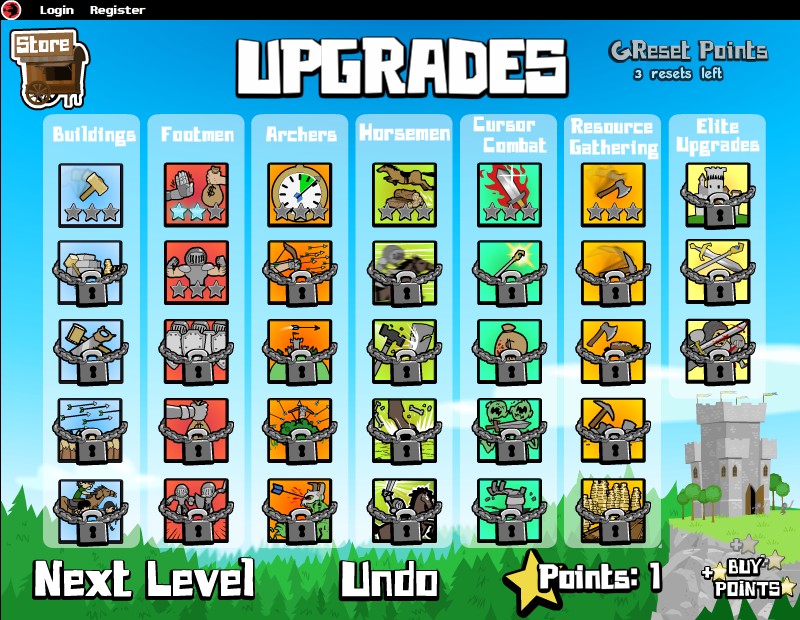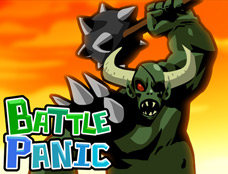
Much of the region is treeless, semiarid and flat, with cold winters and warm summers, with low precipitation but high humidity, given to sudden and sometimes violent swings in temperature. The plains encapsulate at least parts of present-day Montana, North Dakota, South Dakota, Wyoming, Nebraska, Kansas, Colorado, Oklahoma, Texas and New Mexico. Though they couldn’t have known at the time, these great plains are some 2,000 miles (3,200 kilometers) long and 500 miles wide, covering an area of about 500,000 square miles, equal to roughly one-fifth of what would become the contiguous United States.

With nowhere else to go, early Americans ventured west, eager to stake their claim in America’s untamed frontier.īut when they finally looked upon the lands at their disposal, they could barely comprehend what they saw: vast grasslands stretching endlessly in every direction. The United States couldn’t guarantee its national security without a navy, and it couldn’t develop a navy without first developing and diversifying its economy. Most of its territory lay along the Atlantic coast, leaving it vulnerable to enemy navies and amphibious attacks. The central government was able to consolidate control over nearly the entire eastern seaboard, bringing all 13 colonies under one frayed banner. It’s a story of how a boomtown for the many succumbed to the wills of the few, a story of how a community came to be and how, in time, it came undone.īy the early 19th century, the United States, the country to which Deadwood would eventually belong, was beginning to look less like a patchwork of discomposed communities and more like a coherent nation. And the story of Deadwood, the mining camp in South Dakota where there existed no legal authority other than the one it made for itself, is perhaps the best example of how people can fail in a place where they shouldn’t, and how in their failure they can forfeit the community they built. The answers to these questions, no matter where they’re asked, form a story. What happens, then, when they choose wrong? Geographic forces and features inform the decisions of those who are endowed with the responsibility to make them, but those same forces and features can’t dictate what the decisions will be.

Geography is fixed, more or less, but people are mutable, even mercurial.


Not in their capacity to subjugate the lands they live on but in their competence to sustain the communities they build. Geopolitics may be the study of people in place, but what is so often ignored in the arrangement, but is just as often true, is the power of people. If you could create a community from scratch, knowing all that you know of what the land had to offer, understanding everything you understand about human nature, what would it look like? How would you create laws and rights in a place that has neither? How would you transact business? How would you instill in the community the value of the institutions that purport to serve it?Īnd if you decided to build these institutions, how would you maintain and promote them? To what extent would you rely on brute force as a necessary adjunct to their creation? Would you consider other means? Would the short-term benefits of your tactics outweigh the costs to your strategic interests?


 0 kommentar(er)
0 kommentar(er)
